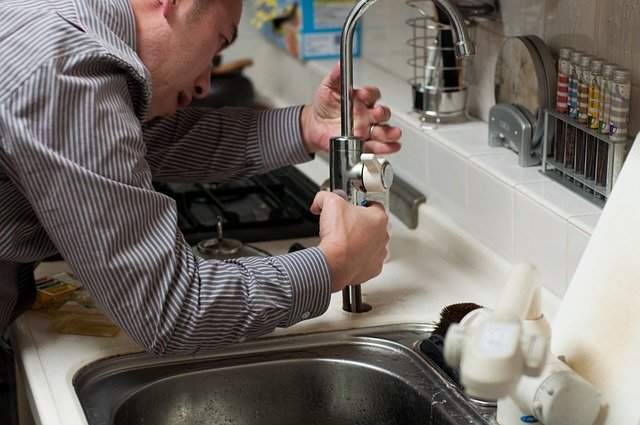Faucets: Guide to Choosing, Using, and Maintaining Home Faucets
A faucet is a common household fixture that controls the delivery of water to sinks throughout the home. From kitchen workstations to bathroom basins, faucets regulate flow, temperature, and spray patterns while contributing to a room’s functionality and appearance. Understanding types, installation basics, and maintenance helps extend a faucet’s life and keeps water delivery efficient and safe.

What does a kitchen faucet do?
A kitchen faucet supplies water to the sink while offering controls for temperature and flow. Modern kitchen faucets often include features such as pull-down or pull-out sprayers, spray/stream modes, single- or dual-handle operation, and touchless activation. The faucet’s design affects reach and clearance over the sink, which matters for washing large pots or filling tall containers. Aerators are usually fitted to reduce splashing and control flow rate, balancing usable pressure and water conservation. Choosing the right spout height and reach improves everyday usability at the sink.
Choosing a faucet for your sink
Selecting a faucet means matching form and function with your sink’s configuration and household needs. Count the faucet holes in your sink or countertop (single-hole, centerset, widespread) and check compatibility with mounting hardware. Consider materials and finishes—brass, stainless steel, and plated finishes differ in durability and care requirements. Look for certified low-flow options if water efficiency is a priority, and match handle type and style to the kitchen layout. Factor in warranty terms, replacement cartridge availability, and whether additional features like a built-in sprayer or soap dispenser are desirable.
How faucets affect water quality and flow
Faucets can influence both the apparent quality of water and the performance of a sink’s flow. Components made from lead-free materials and those meeting plumbing standards reduce contamination risk. Aerators and flow restrictors change velocity and minimize splashing while conserving water, but mineral buildup from hard water can reduce flow and alter taste. Internal parts such as cartridges and valves affect how sharply temperature and pressure respond when adjusting handles. Regular inspection, timely part replacement, and consideration of an inline filter where needed can help maintain both flow consistency and water quality delivered through the faucet.
Maintaining faucets in your home
Routine maintenance keeps a faucet functioning and prevents common problems like leaks or reduced water pressure. Clean exterior finishes with mild soap and water—avoid abrasive cleaners that strip coatings. Periodically remove and soak aerators to clear mineral deposits and maintain flow. If you notice drips or intermittent leaks, replacing worn washers or cartridges often resolves the issue without replacing the entire faucet. Tighten connections gently to avoid damaging fittings, and check supply lines and shutoff valves for signs of wear. For persistent leaks or internal corrosion, consult professional local services to avoid water damage.
Installing or replacing a faucet in your area
Installing a faucet typically involves shutting off water supply lines, removing the old fixture, preparing the sink opening, and following the manufacturer’s mounting instructions for the new unit. Basic installations require common tools: adjustable wrench, basin wrench, plumber’s tape, and sometimes an extra set of hands for widespread faucets. Ensure supply lines match the new faucet’s connections, and test for leaks after turning the water back on. While many homeowners can complete straightforward installs, tasks that involve soft copper, soldering, unconventional mounting, or inaccessible plumbing may be better handled by licensed local services. Confirm local plumbing codes if structural changes are planned.
Conclusion
Faucets are more than decorative pieces; they are functional interfaces for water delivery that interact with sinks, plumbing, and daily routines in the home. Choosing the right faucet involves assessing sink compatibility, desired features, material durability, and water efficiency. Regular cleaning, aerator maintenance, and timely replacement of internal parts preserve performance and water quality. For installation or complicated repairs, using qualified local services helps ensure reliable operation and reduces the risk of leaks or code violations. Making informed selections and maintaining faucets thoughtfully extends their useful life and enhances everyday water use.






